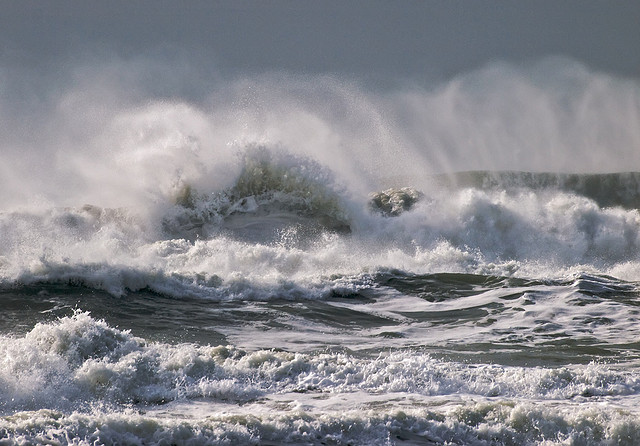
The hurricane season in the United States began on June 1 and officially ended on Monday, November 30, with a more-than-average activities in the Pacific while the Atlantic experienced below average activity, all due to a very strong El Niño.
On Tuesday, the National Oceanic and Atmospheric Administration (NOAA) released the final figures for the year. It showed that the Pacific, due to El Niño that was unusually strong this year, had broken several records, while it was another basically quiet year in the Atlantic.
NOAA report
There were 11 storms that had been named, four hurricanes plus two major ones that were Category 3 or higher and very dangerous that occurred in the Atlantic this year. The figures were actually short of the average. Typically passing over the Atlantic on a normal year are 6.1 hurricanes and 11.5 named storms. These below-average activities have been going on for two consecutive years in the region. The last time this happened was 20 years ago.
Over at the Pacific, it was way over the average during this year’s hurricane season, and the central and eastern Pacific areas broke several past records. The ocean temperatures in the eastern Pacific area were higher, which led to 9 high-intensity storms, which was a record. Hurricane Patricia was one of the major hurricanes this year, and was considered the strongest hurricane that the Western Hemisphere has ever experienced. Hurricane Patricia’s sustained winds reached 200 mph. It was also one of the lowest pressures on record. On the other hand, the central Pacific region experienced a total of 14 named storms, which was triple the number of storms that occur in a normal year.
Biggest reason: El Niño
Scientists from NOAA said that the leading factor for the abnormality in weather patterns this 2015 was El Niño.
The El Niño phenomenon is described as the pronounced warming that ran along the equator close to the South American coast. This year, it was building numbers that were record-high all throughout the summer season. El Niño is not a rare occurrence, though. In fact it is a climatic cycle that occurs naturally, which has a major effect on weather patterns worldwide.
Explanation
Lead NOAA hurricane forecaster Gerry Bell explained that the Atlantic season was suppressed by the El Niño due to the production of drier air, strong sinking motion and strong wind shear. These conditions made storm formation difficult.
In the Pacific, the reverse occurred, with low wind shear and warm waters. These conditions made it easy for hurricanes to form and this year was a record to the weakest wind shear.
While the below normal average occurred in the Atlantic, it experienced some of the most destructive storms both in duration and strength, such as Hurricane Joaquin that struck the Bahamas and cause El Faro, a cargo ship, to sink.
El Niño is expected to continue until next summer and could be replaced by La Niña.
Image credit: Ingrid Taylar – Flickr

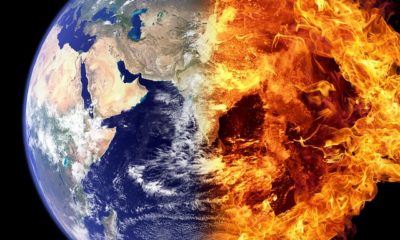
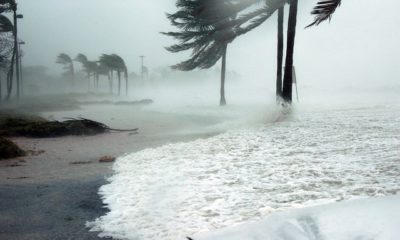
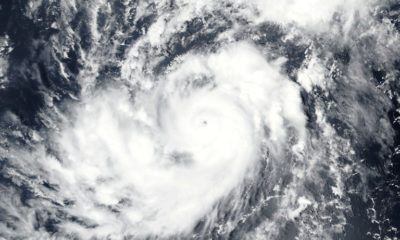

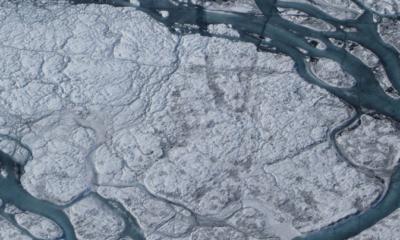
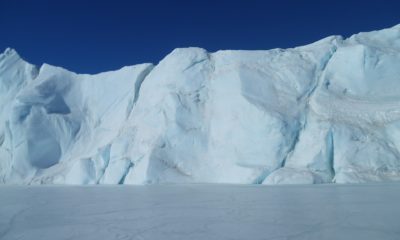
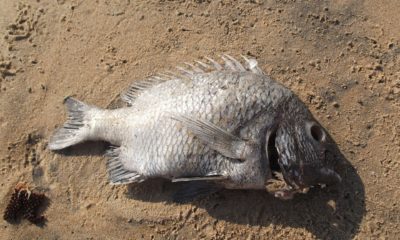
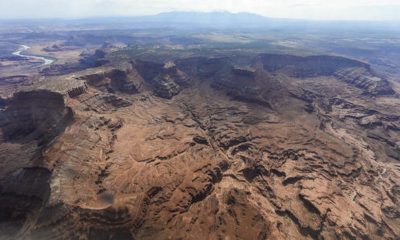
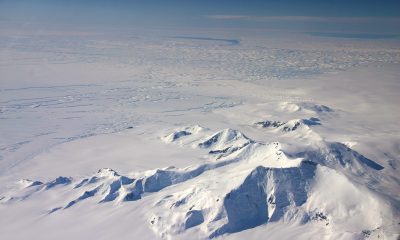





Facebook
Twitter
Pinterest
Google+
LinkedIn
Email